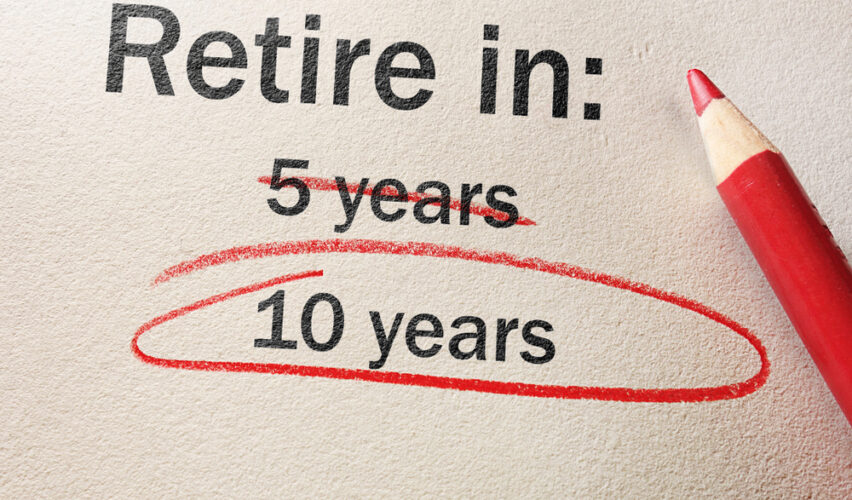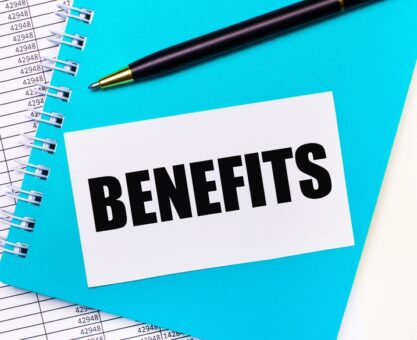When you fail to plan for retirement, you’re putting your future financial security at risk. Here are the top five ways you may be dropping the ball.
1. Not Saving Enough To Get The TSP Agency Match
When it comes to the Thrift Savings Plan (TSP), some federal workers suffer from Set-It-And-Forget-It Syndrome. They set up their TSP employee contribution when they’re first hired and then they forget about it. Unfortunately, if their contribution remains at less than 5%, they’re walking away from free money: the TSP agency match.
2. Underestimating Expenses Over A Long Retirement
A recent article posted on CNBC.com reveals that you’d need as much as $1 million or more to cover a 25-year retirement in a number of states across the USA. If you underestimate your expenses over a 20-to-30-year retirement, you may end with a significant income gap that puts you at risk of outliving your money.
3. Overlooking The Cost Of Non-Medical Long-Term Care
A study cited by LongTermCare.gov indicates a person turning 65 today has a nearly 70% chance of needing some type of long-term care in the future. Yet, according to the National Council on Aging, 80% of adults over age 60 do not have the financial resources to cover the out-of-pocket cost of custodial long-term care that’s not covered by insurance. Without long-term care insurance, you may have to tap into your TSP nest egg or home equity to cover the expense.
“Distributions from your traditional TSP distributions are 100% taxable and 50% to 85% of your Social Security benefit is taxable when your combined income exceeds thresholds established by the IRS.”
4. Ignoring The Need For Tax Planning
Many federal retirees are shocked to learn that the majority of their FERS annuity (pension) is subject to federal income tax. And that’s not all. Distributions from your traditional TSP are 100% taxable and 50% to 85% of your Social Security benefit is taxable when your combined income exceeds thresholds established by the IRS. Add to this, at age 73 you’re subject to Required Minimum Distributions (RMDs) from your traditional TSP that can push you into an even higher tax bracket.
5. Carrying Too Much Consumer Debt Into Retirement
Carrying a high consumer debt load into retirement may have you withdrawing more funds at a faster pace from your TSP. This could put you at risk
An FRC® trained advisor who fully understands your federal benefits can help you with all of the above and get your retirement plan back on track before it’s too late.


























